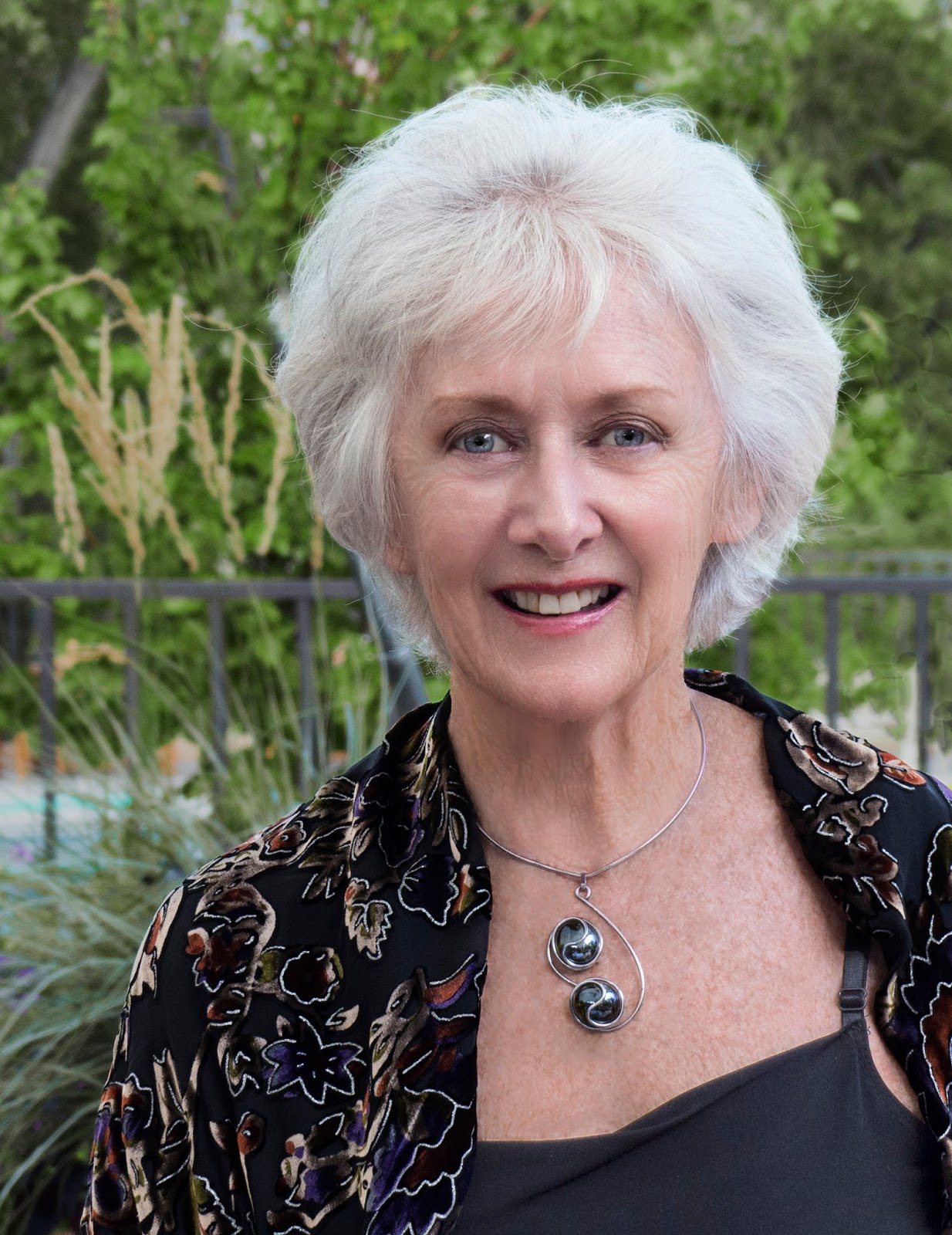REVIEW
Pacific Symphony Orchestra, Segerstrom Center for the Arts, Costa Mesa
DAVID J BROWN
 |
| Rune Bergmann. |
Maestro Bergmann’s opener was very familiar, Mozart’s overture to Don Giovanni K. 527, somewhat underplaying, to my ears, the initial dramatic D minor plunge of the opening, and then proceeding to a very crisply articulated account of the D major Allegro that forms the overture’s main body. Overall, it seemed to me efficient and well-played, but rather glib in effect.
 |
| Don Giovanni and the Stone Guest, by Fragonard. |
He did, however, reduce the string forces from the PSO’s full strength by a couple of desks in each section, as is commonly done nowadays in performances of orchestral works from the Classical period, whether on period or modern instruments. What was not usual was that he left this smaller number of strings unchanged for the concerto filler in the time-honored sandwich, and one that is often treated as a full-bore romantic blockbuster, Tchaikovsky’s Violin Concerto in D major Op. 35. Philippe Quint was the soloist.
 |
| Philippe Quint. |
In his pre-concert interview by host Alan Chapman, he had emphasized the danger of learning this concerto from the performances of great past interpreters, in his case from those by Oistrakh and Heifetz; you had to find your own voice—and this Mr. Quint undoubtedly had.
 |
| Tchaikovsky, at the time of the Violin Concerto's composition. |
As for the orchestral tutti, the reduced string forces enabled the Allegro vivacissimo at the start of the finale to be brilliantly alive and joyful rather than engender the sudden barnstorming effect it sometimes has, and the whole movement thereafter remained airborne (and I think without any of the cuts that are sometimes made). Unsurprisingly, the performance was received enthusiastically, and the audience was rewarded with an encore—Piazzolla’s Oblivion, in a super-cool arrangement for violin with orchestra.
 |
| Carl Nielsen in his garden at Vodroffsvej, Copenhagen in 1914, the year he began The Inextinguishable. |
Outside of his native Denmark, as well as Germany and Sweden, Nielsen’s music has perhaps reached its greatest familiarity in Britain (despite some pioneering American recordings by Bernstein and others in the 1960s, and Herbert Blomstedt’s championship of Nielsen during his tenure as Music Director of the San Francisco Symphony from 1985-1995). Indeed as far back as 1952, the English composer and scholar Robert Simpson wrote the first non-Danish, book-length study of Nielsen’s music, Carl Nielsen, Symphonist.
 |
| Robert Simpson (1921-1997). |
True, the initial appearance early in the first movement of what, by the end of the symphony, becomes a mightily triumphant “motto-theme” was played at an expansive tempo that Simpson might have deemed “sentimentally dragged”, but how tender and immaculately in unison were the two clarinets, descending in stately 3rds, to which Nielsen first entrusts this marvelous melody, fixing it firmly in listeners’ minds as profoundly significant in the progress of the work to come. Most importantly, the performance as a whole captured the symphony’s sense of limitless power and dynamic conflict, evoking, as Nielsen stated, “the most primal sources of life and the wellspring of the life-feeling.”
Bergmann’s elasticity of tempi, in tandem with the precision of the playing and the clarity of the sound, exposed detail after arresting detail of Nielsen’s wonderfully imaginative scoring: from the abrupt angry buzz of the violas towards the end of the first of the four linked movements; to the lugubrious half-smile, half-shrug of the clarinets and bassoons as they introduce the main theme of the gentle Poco allegretto second movement; to the sudden intensity of the sforzando on unison violins (now at the PSO’s full strength) as they heralded the return of conflict at the beginning of the third movement; and—in the most celebrated orchestral feature of the work—the antiphonal onslaught of Nielsen’s two pairs of timpani about one-third the way into the headlong Allegro finale.
Bergmann’s elasticity of tempi, in tandem with the precision of the playing and the clarity of the sound, exposed detail after arresting detail of Nielsen’s wonderfully imaginative scoring: from the abrupt angry buzz of the violas towards the end of the first of the four linked movements; to the lugubrious half-smile, half-shrug of the clarinets and bassoons as they introduce the main theme of the gentle Poco allegretto second movement; to the sudden intensity of the sforzando on unison violins (now at the PSO’s full strength) as they heralded the return of conflict at the beginning of the third movement; and—in the most celebrated orchestral feature of the work—the antiphonal onslaught of Nielsen’s two pairs of timpani about one-third the way into the headlong Allegro finale.
The final statement of the “motto-theme”, cascading magnificently across and through the whole orchestra with the inexorability of a melting glacier, felt wholly earned through the many-faceted, sometimes perilous, but always sure-footed existential journey that had been traversed in this account of The Inextinguishable. To judge by the standing ovation, Nielsen gained more than a few audience converts that evening, and I hope that Maestro Bergmann is invited back for a future season, ideally to give us the composer’s (arguably even greater) Fifth Symphony.
---ooo---
Pacific Symphony Orchestra, Renée and Henry Segerstrom Concert Hall, Thursday, November 15, 2018, 8 p.m.
Images: Flames: Courtesy Denver Philharmonic; Rune Bergmann: Kristin Hoebermann; Don Giovanni by Fragonard: Wikimedia Commons; Tchaikovsky: Courtesy Russiapedia; Nielsen: Courtesy Odense City Museums; Simpson: Courtesy Discogs.

































